Esther - a short play about the Scottish Renaissance calligrapher, Esther Inglis (1571-1624)
About the play.
Over the last eighteenth months or so I have been writing a short play about the Scottish Renaissance calligrapher, Esther Inglis, 1571-1624. Credited with being the first Scottish artist to make a self-portrait, she was the author of many hand-made manuscript notebooks which demonstrate her peerless skill as a calligrapher, an art she inherited from her French Huguenot mother. Her parents were French immigrants who moved first to London, where Esther was born, and subsequently to Edinburgh where her father became Master of the French School. Some of Esther's little books contain prefatory material that show her seated at her worktable wearing a handsome hat. Even if Esther appears to have restricted herself mainly to translations of the Psalms, these prefaces seem to articulate Esther's vision of herself as an author in her own right. She is an interesting and marginal figure who seems to have derived an income by selling her books to members of the aristocracy and she works during a period of transition. The play, which may be performed either by a single actor speaking directly to an audience -- as here -- or by a group of silent actors who 'interpret' and supplement Esther's speech, is set in 1599. By this stage, Elizabeth 1st of England was dying and James VI of Scotland had ambitions to succeed her. It is thought that Esther's husband, Bartholomew (Bart) Kello may have worked as a spy for the King and my play imagines how Esther's husband and the King may have made use of Esther's art to further their political ends. Two excerpts from my script are performed here by the wonderful actor, Karen Bartke. I should like to thank Karen for all the hard work she put into bringing Esther alive on the screen.
Scene 3. Performed by Karen Bartke. Subtitling by: Sean at Matchbox Cineclub.
'Esther', Scene 5, by David Kinloch. Performed by: Karen Bartke. Subtitling by: Sean at Matchbox Cineclub.
